With COVID-19 lockdowns ended and Chinese restaurant chains’ stocks plummeting, I recently took a closer look at these stocks with a particular focus on hot pot restaurants.
I will cover Haidilao, Xiabu Xiabu, and also Jiu Mao Jiu, which is not a pure hot pot play but has a chain called Song Hot Pot Factory that serves hot pot.
I love hot pot and have literally eaten it hundreds of times in the last decade. However, for those who are not familiar with the dish, let me briefly explain what it is.
What is hot pot?
Hot pot, or “火锅” (huǒguō) in Chinese, is a vibrant and communal dining tradition deeply rooted in Chinese culture. Central to this experience is a bubbling cauldron of flavorful broth surrounded by an array of fresh ingredients ready to be cooked.
Hot pot features a variety of broths to cater to diverse tastes, from delicate clear broth to the fiery Sichuan broth with chili and Sichuan peppercorns. (The first dish I ever had with my father-in-law was a “mild” Sichuan hot pot—mild for everyone except me. It still burns and makes me sweat just thinking about it!)
The selection of ingredients is vast, including thinly sliced beef, lamb, tender chicken, and seafood like shrimp and fish fillets. Vegetables such as spinach, bok choy, mushrooms, and lotus root add color and texture. Tofu (especially frozen Tofu is amazing), noodles, and dumplings further enhance the variety.
A key component of the hot pot experience is the dipping sauce, with peanut sauce being particularly popular. This sauce blends creamy peanut butter, soy sauce, garlic, sesame oil, and often chili or cilantro, providing a rich and nutty complement to the cooked ingredients.
Despite its variations, hot pot is a relatively fixed dish, much like a hamburger at a burger restaurant. The core components remain consistent, making it hard to differentiate solely by the hot pot itself. The main differences lie in the quality of ingredients and the ambience of the dining experience. Essentially, the dish itself is somewhat similar wherever you eat it.
Hot pot chains:
Hotpot restaurants are ubiquitous in China; there are dozens within walking distance from my home. This popular dish is served everywhere, from single high-end restaurants to smaller chains with five or six locations within a city, to nationwide chains. In this article, I will discuss the hotpot chains listed on the stock market.
As I mentioned, the dish itself is relatively fixed, so hotpot restaurants must differentiate themselves in other ways. I will briefly discuss how these chains set themselves apart.
Haidilao $6862.HK:
Haidilao stands out from other hotpot operators due to its exceptional customer service and unique dining experience. The chain goes beyond just serving food by offering various perks to enhance the overall experience. For instance, customers can enjoy complimentary services such as shoe shining, manicures while waiting for a table, and even “noodle dances,” where staff perform a live noodle-making show at the table.
The service at Haidilao is exceptional, especially in China, where the service culture differs from that in Europe or America. In many Chinese restaurants, waiters may ignore you, and you often have to call out to get their attention. However, Haidilao truly stands out with its customer service. In China, I’ve never experienced anything like it, except maybe in very high-end restaurants, but certainly not for a chain.
Moreover, Haidilao primarily caters to the younger generation. Everyone I speak to absolutely loves Haidilao and smiles at the mere mention of the name. This level of admiration and brand loyalty is truly exceptional.
Popular occasions to visit Haidilao include celebrating birthdays, where the staff performs a birthday song, and coping with breakups with boy/girlfriends, providing a comforting atmosphere during emotional times.
In terms of quality, Haidilao is somewhere in the middle. The vegetables are fresh and the food is very delicious, offering affordable good quality.
Xiabu Xiabu $0520.HK:
Xiabu Xiabu operates two hotpot chains: Xiabu Xiabu and Coucou, each with distinct features and dining experiences.
Xiabu Xiabu:
Xiabu Xiabu specializes in providing a personalized hotpot experience, making it an ideal choice for solo diners. The concept revolves around individual hotpots, where each customer can select their own soup base and ingredients. This approach caters to a modern, fast-paced lifestyle and offers a range of affordable options. These sets include a choice of soup base, a vegetable platter, a protein set, unlimited condiments, and a drink.
Positioned at the lower end of the price spectrum, Xiabu Xiabu’s offerings are budget-friendly, making it more directed toward working-class people. In my experience the quality of vegetables is lower compared to other chains. To boost business during non-peak hours, they have expanded their menu to include bubble tea and late night snacks.
However, they recently upgraded the brand from the old orange style, and it looks much better now.
Coucou:
Coucou, on the other hand, offers a more premium hotpot experience with a focus on Taiwanese-style hotpot.
This chain is known for its elegant ambiance and higher-end ingredients. Coucou combines traditional hotpot dining with a luxurious setting, setting it apart from its sister brand Xiabu Xiabu and other hotpot chains. Coucou’s emphasis on quality and a unique dining atmosphere appeals to a more upscale clientele, catering more to the older generation rather than the younger generation like Haidilao. This is a place where you would take your in-laws for dinner.
This chicken broth is just exceptionally delicious. I order it every time I go to Coucou.
Jiu Mao Jiu $9922.HK:
I’m also going to add Jiumaojiu here, although it’s not a pure hotpot chain by itself. Rather, they are more famous and known for their sauerkraut fish chain Tai’er. However, they have a sub-brand, the Song Hotpot Factory, which is rising quickly in popularity recently.
I went to Song Hot Pot Factory again for dinner just a few days ago and had to wait two and a half hours for a table. On the photo you can see the people waiting in line. The whole place was packed, and other nearby restaurants were almost as crowded. So much for the notion that Chinese consumer spending is weak—although I will discuss more nuances in a follow up article.
The experience was unlike anything I’ve encountered in China before. The restaurant primarily targets young customers with its industrial-style decor and hip-hop music. The atmosphere is casual, trendy, and lively. There are dance shows, which blend elements of entertainment with the dining experience. They also perform a birthday dance if you want to experience that.
The quality of the food was very good, comparable to Haidilao. Affordable but very delicious.
However, the waiters stood out in a unique way. Almost everyone had dyed hair and tattoos, which is still quite rare in China. A lovely woman with red hair served us, she was very helpful and really funny.
Apparently, I am including too many pictures and talking too much. Substack informs me that I am close to the length limit.
So, that’s it for the primer. I would love your feedback on whether this content was helpful and if I should write more on those stocks, business economics, and related topics rather than just my dining experiences. If you found this article useful, please share it so I know if I should write more.
Also subscribe if you don’t want to miss out on the other parts - in case there is interest.




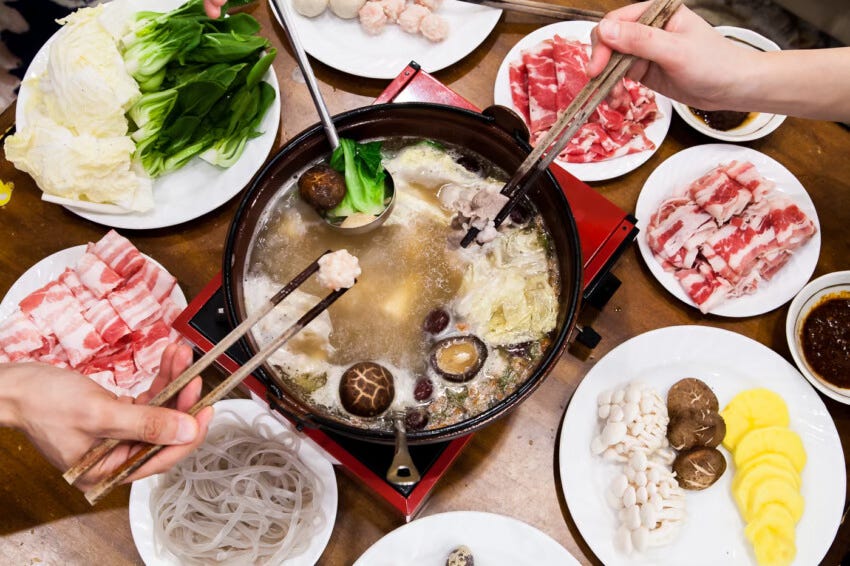



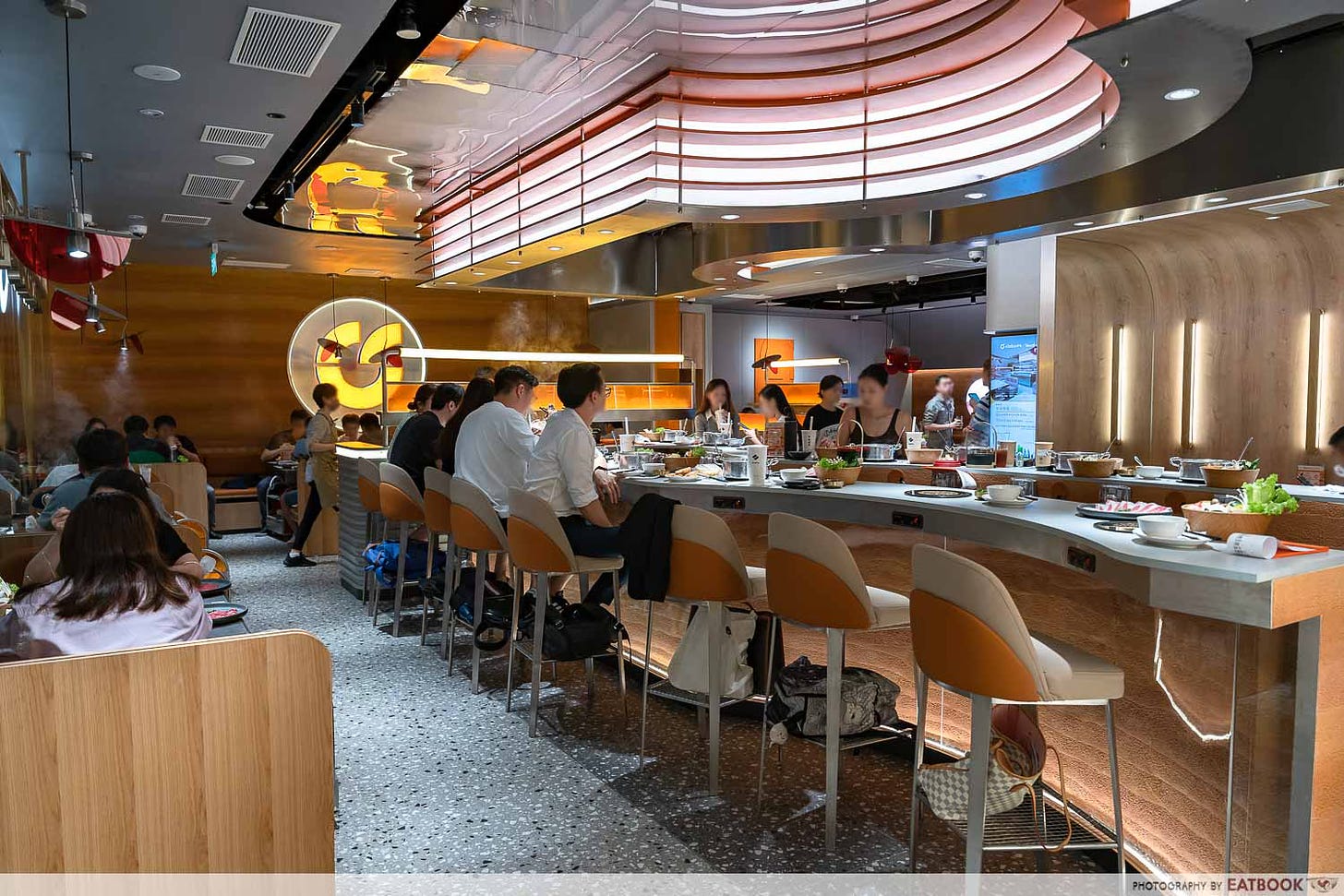
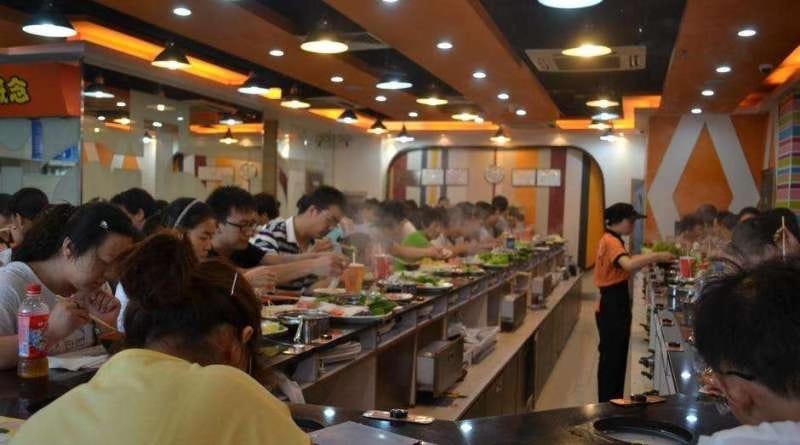

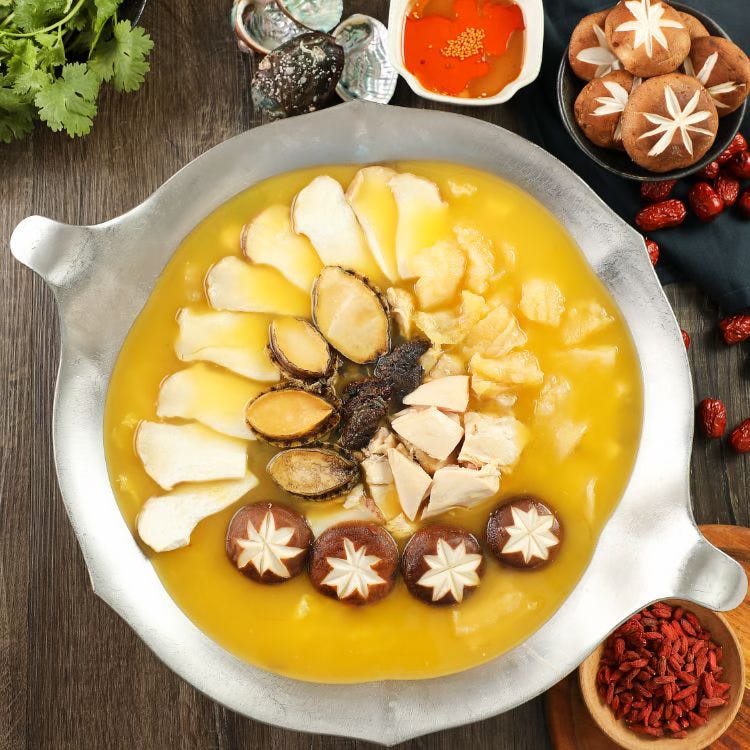

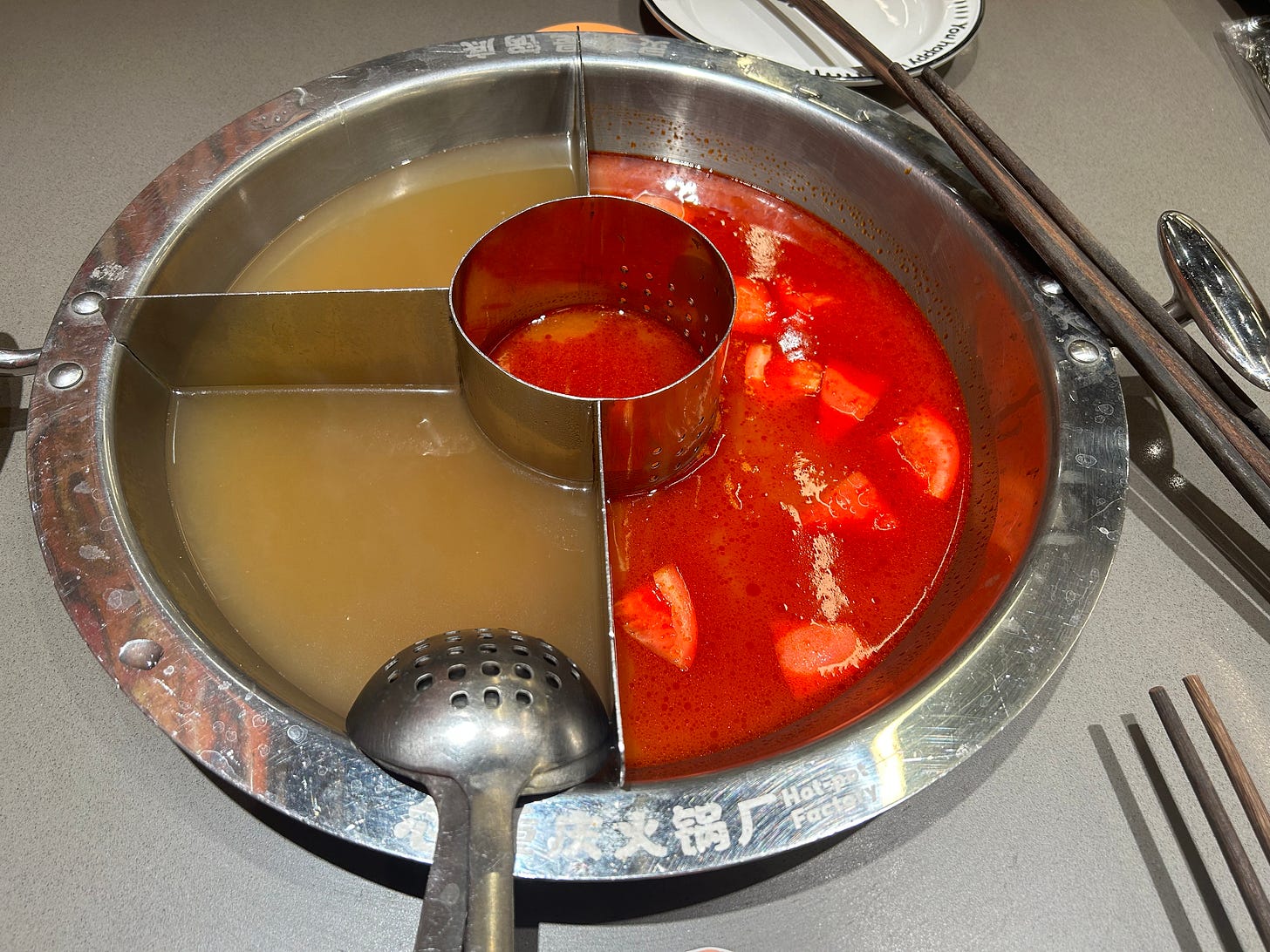


Very interesting. Now id like to hear about the stocks. Also the idea that consumer spending in some sectors in China is booming is also very interesting - id like to hear more about that.
This is by far the most comprehensive research piece on hotpots that I’ve seen.